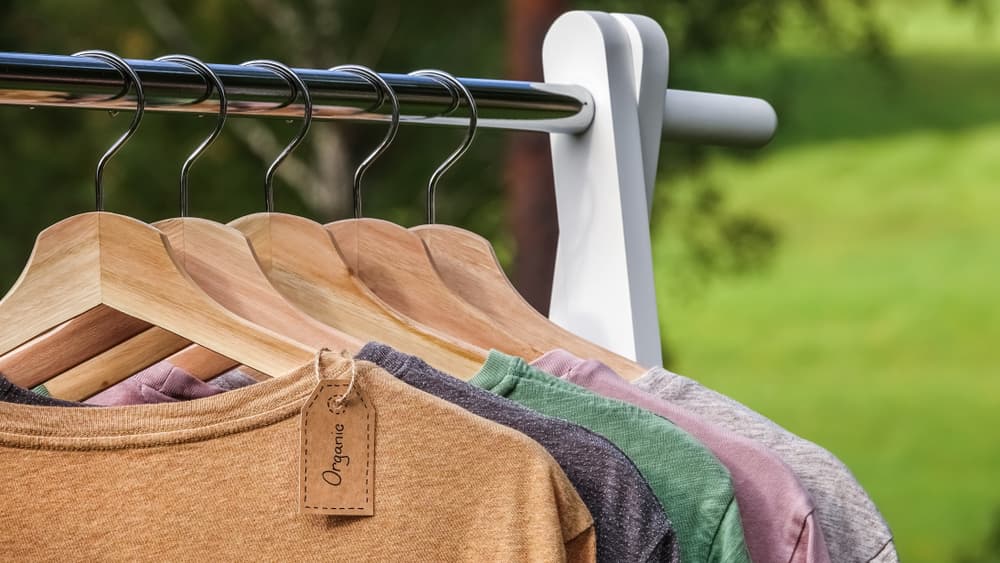Stop Making Fast Fashion Faster

In the latest episode of Think Sustainably, 2ser’s Marlene Evan, discuses with industry professionals as to how designers can use digital technology to reduce textile waste. These digital technologies such as 3D pattern making software and body scanning are key to a sustainable industry.
Australia Is the second highest consumer of textiles per person in the world, right after the US with Australians purchasing 27kg of textiles each year and discarding 23kg.
Designers are leveraging digital technology to disrupt and revolutionise the sector, and techniques to eliminate waste within the design and production process have become increasingly prominent in recent years.
To reduce textile waste sustainable fashion designers, use a practice known as zero waste pattern cutting. Timo Rissanen states that “the goal is to eliminate the fabric waste that is made when a garment is cut out; the most common estimate for that amount of wastage is 15%. Because the pattern did not intend to use all of the fabric, 15% of the fabric used to produce a garment is wasted at the cutting out stage”. In comparison, 150 billion garments are produced each year, resulting in an unfathomable amount of waste.
Before a garment makes its way onto a runway or a local outlet store the designer makes a sample. Nat Stratos explains that “for every garment designed in store, you can have up to 100 samples, prototypes and pre-production samples”.
The likes of 3D design technologies can intervene and go straight to production without the sampling process.
This is shown through Annie Tran’s experience whereby “3D allows me to test out different ideas, visualising them and being able to get motivated into the design process and making. The 3D pattern making software I use is called CLO3D and is a combination of pattern making software where you are able to test and drape the 3D clothing made online on an avatar”.
“It’s a terrific method to test and put together my ideas fast without having to spend a lot on materials and especially space,” Annie adds.
Fashion brands such as Hugo boss and Danish collection Villa have recently launched collections entirely produced using 3D software and body scanning.
As online sales and return rates rise throughout the world, body scanning, and customised apparel have the potential to cut textile waste. A worldwide trend of bracketing is raising economic and environmental issues. Bracketing is a typical online buying strategy in which you purchase an item in several colours or sizes with the intention of keeping the one that fits and returning the others.
However, according to the Australasian Circular Textile Association, 30% of purchases are never sold when returned to retailers. In the United States, 5 billion pounds (2,267,961,850 kg) of waste from returns is disposed in landfill with clothes taking up to 200 years to decompose. Bracketing also contributes to carbon footprint not just because of the textile waste, but also because of the added transportation.
Furthermore, as a culture, we transitioned from tailored to ready-made clothing, and clothing company’s began to define sizes differently, with the psychology of sizing proving to be detrimental to one’s mental health. As a result of incorporating body scanning, not only is waste avoided, but clothing is manufactured to suit each individual uniquely, regardless of their ‘size’.
Instead of making fast fashion faster, consumers like yourself must become aware and educated on textile waste before they buy something that they will wear once or if not at all. Next time you buy a clothing item that probably went viral on TikTok to last a minimum of one wear, take the following questions into consideration.
- Will I wear this at least 25 times?
- Does it go with things I already have?
- Do I like it just because it’s on sale?
- Are you buying this for your present or future self (a non-existent version of yourself you wish to become?)
- Do you like this just because its trending?
- Do I have something similar?
Click here to listen to the full episode of Think: Sustainability
